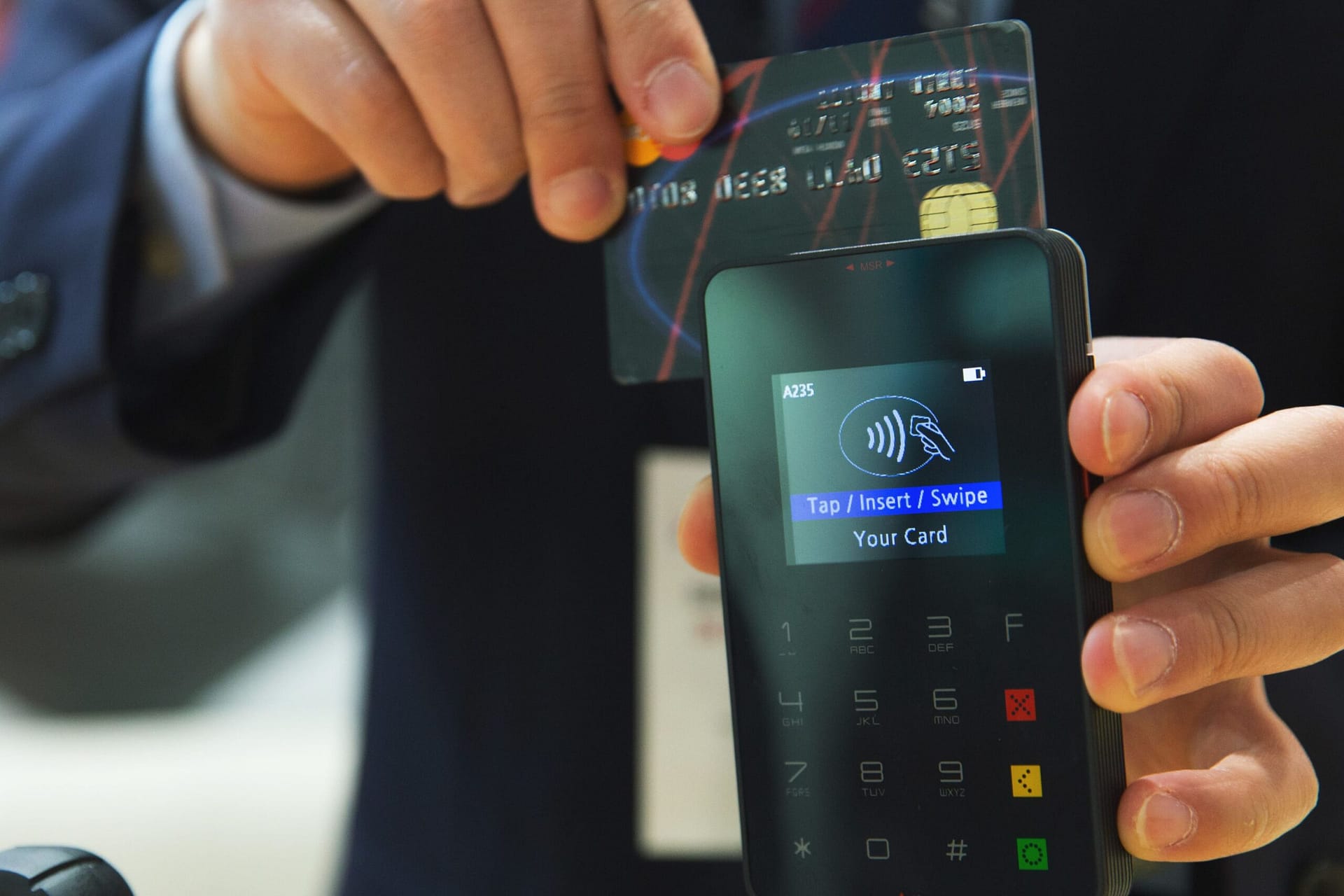
Top 12 Best Credit Cards in Canada for July 2023
If you’re searching for the best credit card in Canada, keep in mind that credit cards aren’t one-size-fits-all. Because we all have varied requirements, no one credit card can actually be the ideal solution for everyone.
Your best credit cards will vary depending on whether you’re a family trying to get cash back on your big food purchases or a globetrotter looking to earn rewards and receive complete travel insurance.
Rather than providing a list of the 12 best credit cards in Canada overall, we’ll provide a list of the best credit cards for distinct spending situations.
The following credit cards were rated as the best in their respective credit card categories, and each score shows a result that was weighted to that category’s criteria and obtained the highest ranking within that category.
Best Credit cards in Canada
Here are 12 credit cards that are often considered among the top options in Canada:
Scotiabank Gold American Express: The Scotiabank Gold American Express credit card is one of the best credit cards in Canada, with features like rewards on daily purchases, travel insurance coverage, and no international transaction fees. Many Canadian customers favor it because of its flexible rewards program and travel advantages.
BMO World Elite Mastercard: The BMO World Elite Mastercard is one of the best credit cards available in Canada. It offers perks including travel rewards, lounge access, and full travel insurance. It is a popular option for regular travelers and consumers seeking luxury and comfort because of its significant earning potential and premium privileges.
American Express Cobalt Card: In Canada, the American Express Cobalt Card is the best credit card. It provides incentives and advantages geared to Canadians, such as expedited point earning on qualified purchases, flexible redemption choices, and perks like travel insurance and access to special events.
TD Aeroplan Visa Infinite: In Canada, TD Aeroplan Visa Infinite is one of the renowned credit cards. It provides advantages such as earning Aeroplan Miles on purchases, travel insurance, airport lounge access, and a comprehensive rewards program.It’s a popular option among regular travelers and Aeroplan aficionados because of its variety of rewards and features.
RBC Avion Visa Infinite: The RBC Avion Visa Infinite is a popular Canadian credit card that offers travel benefits. It offers a sizable welcome bonus, flexible point redemption for flights, hotels, and other travel costs, full travel insurance, airport lounge access, and unique Visa Infinite benefits.
CIBC Aventura Visa Infinite: In Canada, the CIBC Aventura Visa Infinite is a popular credit card. It provides rewards points for regular purchases, travel perks like lounge access and travel insurance, and a sizable welcome bonus. It’s an appealing option for regular travelers and those looking for incentives because of its large network of partners.
Tangerine Money-Back Credit Card: The Tangerine Money-Back Credit Card is a popular choice among Canadians. It offers 2% cash back on up to three spending categories of your choice and 0.5% on all other purchases. It has no annual fee, flexible rewards redemption, and additional benefits like purchase assurance and extended warranty coverage.
- Rogers World Elite Mastercard : In Canada, the Rogers World Elite Mastercard is one of the popular credit cards. It provides a number of advantages, including cash back incentives on purchases, travel insurance, and no international transaction fees. Many Canadian cardholders like it because of its competitive rewards program and special features.
- MBNA Rewards World Elite Mastercard: In Canada, the MBNA Rewards World Elite Mastercard is one of the best credit cards. It provides hefty incentives for expenditures, such as expedited points on groceries, petrol, and restaurants. Cardholders may use their points to get cash back, vacation, or items. Travel insurance, concierge service, and no foreign transaction costs are among the other benefits.
- PC Financial World Elite Mastercard: In Canada, the PC Financial World Elite Mastercard is one of the best credit cards. It has several advantages, including no annual charge, excellent cashback rates, and special bonuses. Every transaction earns cardholders PC Optimum points, which may be redeemed for food and other merchandise at participating locations.
- National Bank World Elite Mastercard: The National Bank World Elite Mastercard is one of the best credit cards available in Canada. It offers a variety of special privileges including travel incentives, access to airport lounges, and concierge services. It caters to those looking for premium amenities and a rewarding credit card experience, with competitive rewards and flexible redemption possibilities.
- HSBC World Elite Mastercard: The HSBC World Elite Mastercard is one of the best credit cards that provides great travel privileges and rewards. It offers a sizable welcome bonus, free lounge access, travel insurance, and expedited points on qualifying purchases. It is a popular option for regular travelers and high-income persons due to its unique advantages.
How credit cards work
A credit card is essentially a payment instrument that enables you to utilize credit granted by the issuing financial institution. When you use your credit card to pay for anything at a shop that takes it, whether it’s a Mastercard, Visa, or American Express, you’re basically borrowing money from the amount of credit you’ve qualified for with that financial institution.
When you use your credit card to make a purchase, your credit limit is reduced by the amount of the transaction. You have until the next credit card statement, which is an accounting of everything spent with the card, to pay back your purchase amounts, often known as paying your credit card bill.
If you do not pay off your credit card by the due date and during the grace period, which is usually 21 days, you will be charged interest on your transactions. Any unpaid debt is carried over to the next month.
Most individuals never get to that point. Instead, cardholders will either pay their payment in full on the due date (the best-case scenario) or pay off their debt over time as interest accrues. In this instance, it will take considerably longer to reduce their debt to zero, particularly if they continue to make purchases and accrue interest.
Carrying debt into the following month while merely making incremental payments, on the other hand, is usual.
Those cardholders who are able to pay off their account during the grace period before any interest is charged, however, get the greatest perks and incentives from their credit cards.
Because their debt never exceeds their payments, these cardholders obtain the full value of the incentives or cash back given by their card.
Furthermore, their credit stays in the finest possible condition, allowing them to create or keep a strong credit score, which makes it simpler to get bank loans, auto loans, or qualify for a mortgage.
How to Apply for a credit card
A credit card is often applied for online via the website of the affiliated financial institution. You may also apply over the phone or in person at the institution’s local branch.
When you select “apply now” or indicate interest in obtaining a new credit card, you will be asked whether you match the most basic eligibility conditions, which are as follows:
- You are a permanent resident of Canada.
- You have reached the age of majority in your province or territory.
- You fulfill the yearly family or personal income limits for the card (other cards do not have income restrictions).
If you fulfill those conditions, you will be provided crucial card facts such as the card’s yearly interest rates and fees. You will then be requested to complete an application in which you will submit personal information such as your name, residence, phone number, place of job, yearly income, and so on.
Following that, the credit card company will do a credit check to learn more about your credit history and credit score. This credit check will be the primary deciding factor in whether or not your credit card application is accepted.
Credit cards have a certain range in which they want their cardholders’ credit ratings to fall. Any delinquent accounts on your credit report, persistently late or missing payments, and having too many maxed out (or almost maxed out) credit vehicles open at the same time will almost certainly result in the issuer rejecting your credit card application.
In contrast, if you constantly pay your credit card payment on time, have no other credit accounts in arrears or in collections, and have a credit score of 670 or above, you should have no trouble qualifying for most credit cards in the Canadian market.
Types of credit cards
In Canada, there are several sorts of credit cards available. The many credit card varieties are intended to meet the spending patterns of various sorts of cardholders. The following are the most common kinds of credit cards on the market:
Rewards Credit Cards
These are credit cards that provide rewards for spending, generally in the form of points or cash back. The number of points or percentage rate of cash back you earn on a transaction is primarily determined by how much you spend, whose retail partner you choose, and what type of purchase you make.
Groceries, petrol, transportation, travel, eating, and online streaming services are some typical purchase categories with a higher percentage of reward points and cash back. These cards also often provide a flat rate of rewards or cash back on all purchases, regardless of category.
Balance Transfer Credit Cards
Balance transfer credit cards are designed for cardholders who typically carry a balance on their account. These cards often provide a reduced interest rate (or no interest rate) on balance transfers for a certain number of months (known as a “promotional period”) or throughout the life of the card.
This implies that if you have a debt on another credit card, you may transfer it to the balance transfer credit card and pay less or no interest for a period of time. This increases your chances of paying off a major percentage of your amount or paying it off entirely.
Low-Interest Credit Cards
Low-interest credit cards provide a variety of low annual interest rates on purchases, cash advances, and debt transfers, either for the life of the credit card or for a specified promotional period.
If the reduced interest rate is only in place for a limited time, it will normally return to a more average rate, such as 19.99% on purchases or 24.99% on cash advances and balance transfers, after that time period ends.
0% APR Credit Cards
No-interest credit cards are a close relative of low-interest credit cards. Cards with 0% APR, in particular, provide 0% annual interest on purchases for a short period, or for the life of the card.
Currently, no credit card in Canada offers an endless 0% APR. It is usually a promotional rate provided for the first three, six, or twelve months that cardholders have the account. The yearly interest rate on purchases often reverts to a more average rate after the promotional period, such as 19.99% or 20.99%.
Student Credit Cards
Students enrolled in a post-secondary university may get student credit cards. They often do not need a credit history or a credit score to qualify and are frequently used by Canadian students to get their first credit card. They are often duplicates of the issuer’s standard credit cards, with the same rewards and advantages but a lower barrier to admission.
Credit Cards for Credit Building
Because they report their cardholders’ spending and payment histories to credit agencies, all traditional credit cards improve (or damage) credit. However, if you’ve been identified as a credit risk in the past, to the point where your credit score is so low that it’s impossible for you to receive credit in the traditional manner, there are various credit cards on the market intended to assist you in rebuilding your credit. The following credit cards may help you develop credit:
Secured Credit Cards
Secured credit cards demand a deposit that serves as the credit line of the customer. This deposit is used as a form of payment if the secured card user is unable to repay the card’s transactions with their own money.
During normal use, a secured card user would pay off their purchases on the credit card as they would with a regular credit card, but every payment is guaranteed to be reported to the credit bureaus, which will raise the user’s credit score faster than a regular credit card.
You may be given a non-secured credit card after many months of safely using a secured card.
Prepaid Credit Cards
Some prepaid credit cards might also assist you in establishing credit. These are cards that you load with money and use till the money is depleted. For an additional $10 per month, cards like KOHO’s Prepaid Mastercard will record your payments to credit agencies and assist you in building credit.
Unsecured Credit Cards
Finally, there are standard, unsecured credit cards that do not need applicants to have a particularly good credit score. These will also submit payments to credit bureaus, helping those with poor credit to improve their credit ratings.
Business Credit Cards
Business credit cards are designed to help business owners with the expenditures that come with operating a company. They often feature a more complex application procedure that considers not just the applicant’s individual income, but also the revenue of the company.
Business owners will also benefit from having multiple employees on the credit card account at no extra cost, as well as insurance coverages that will benefit their business operations, such as emergency travel medical insurance, rental car loss/damage insurance, extended warranty, and purchase protection.
Furthermore, corporate credit cards often have spending monitoring features as well as a rigorous zero liability plan in the event that an employee makes an unlawful purchase.
How Many Credit Cards Should I Have?
Equifax suggests having at least two to three credit cards in your credit mix, as well as numerous other types of credit such as a loan, mortgage, or line of credit.
They do, however, emphasize that the quantity of credit cards you have is ultimately less essential than how you use them. As long as you use your credit cards wisely, you may have as many as you want.
Still, there are numerous benefits and drawbacks to owning a large number of credit cards.
Advantages to having multiple credit cards
There are several benefits to having multiple credit cards as long as you use them carefully. The first is that lenders want to see a diverse range of credit sources on a credit file since it demonstrates your ability to appropriately handle several credit sources.
Having many credit cards with low amounts that are paid off on a regular basis might help you raise your credit score and qualify for other forms of credit.
Having many credit cards might also improve your credit score by lowering your credit use rate or debt-to-credit ratio. Lenders and credit bureaus like to see a credit usage rate of 30% or higher across all credit sources.
When you have more credit available to utilize, it is spread out among numerous credit cards rather than just one or two. Furthermore, by having many credit cards, you may be able to accumulate more points and use them in more ways.
Having numerous credit cards, however, might be problematic for certain people, particularly if you have a history of reckless spending or bad financial management.
Disadvantages to having multiple credit cards
The largest danger of using numerous credit cards is that they allow you to access more credit than you can fairly pay back, and keeping track of many credit cards, including fees, deadlines, interest rates, and incentive programs, may be complicated and difficult.
Furthermore, if you can’t handle several credit cards well and fall behind on payments, you’re likely to magnify a little issue with one credit card into a much larger problem with many credit cards. When you have many credit cards, you must be well organized and prepared to assume greater financial responsibilities.
Otherwise, your debt might spiral out of control at an alarming pace, resulting in repeated strikes on your credit record, lowering your credit score, and making you unappealing to lenders.
How to Choose a Credit Card
The first step in selecting a credit card is determining how you will use it and determining if the value received from any cash back, rewards points, or other advantages, such as travel insurance, is worth the annual cost. If you can, or if you can obtain the same or equivalent advantages from a no-fee card.
Annual Charge
An annual fee may show on your credit card account as an annual charge or as a smaller monthly charge, depending on the credit card. There are no-fee cards in the Canadian credit card market, but they don’t offer as many advantages or perks, such as the opportunity to earn cash back or redeem rewards points for travel and items, as cards with an annual charge.
When selecting a credit card, consider if the bonuses and benefits, as well as any yearly earnings from a rewards program that may be included, offset the annual cost. “Do the benefits of this card more than makeup for the annual fee in terms of dollar value?” If you answered yes, you should think about paying an annual fee for the perfect card for your spending patterns.
You should also consider if you can receive comparable advantages and value with a card with no annual charge. If the answer is affirmative, we suggest that you save the money.
Other Charges
Of course, the annual charge isn’t the only price that a credit card user must pay. There are a variety of extra fees that are triggered by certain card acts. For example, if you make a purchase in-store or online that starts in another nation, you will normally be charged a 2.5% foreign transaction fee. The Scotiabank Passport Visa and a few other Canadian credit cards do not charge overseas transaction fees, although this is not always the case.
Other fees you may encounter include an over-limit fee, which occurs when a credit card transaction exceeds your credit limit, a late fee, which occurs when a payment is late, a dishonored payment fee, which occurs when you attempt to make a payment but do not have the funds to cover the cost, a fee for an additional card, for an additional cardholder on the account, and a fee for any duplicate statements or credit card cheques.
There will always be fees levied on your credit card, although some are zero or lower than what other credit cards provide.
Rates of Interest
Interest rates are the rates of interest paid if you carry a debt beyond the interest-free period and the payment due date on your credit card statement. Interest is promoted as an annual percentage, and different percentages are paid for various credit card usage, including purchases, cash advances, and debt transfers. Daily interest is accumulated and compounded at the Daily Periodic Rate (DPR).
You may calculate your DPR by dividing your annual percentage rate by 365. Interest may rise so fast from month to month because of the compounding DPR. Any additional purchases made in the intervening weeks are added to the accrued interest and applied to your next monthly bill. If you are prone to carrying debt, seek a card with a low-interest rate, either permanently or for a limited time.
Perks
Perks are the most diverse feature of a credit card and the most important factor in selecting a credit card that is based on personal desire. When it comes to bonuses, no two credit cards are similar, but there are a few that you’ll find often.
The first is insurance. Many credit cards have purchase protection, which will replace damaged or stolen products up to 90 days after they were purchased. Another typical one is the extended warranty, which doubles the guarantee for any goods paid to your credit card.
Many credit cards also provide travel insurance choices, such as emergency travel medical insurance, travel accident insurance, lost or delayed luggage insurance while traveling, and rental vehicle insurance, which covers damage or loss when renting a car.
Help with Credit Building
If you have difficulty managing the responsibility of a credit card and your credit score is so low that qualifying for traditional, unsecured credit cards is not an option for you, it’s time to look into credit cards that are specifically designed to help you build your credit.
Other credit cards on the market are unsecured and expressly intended to help you develop credit by assuring that they would regularly record every payment to the credit agencies, although this sometimes comes with an additional monthly premium, such as with the KOHO Prepaid Mastercard.
However, regardless of your credit situation, every credit card reports payments and credit card management habits to the credit bureaus, so qualifying for a credit card, even a student card, where you don’t need a credit history to get one, can put you on the path to building your credit and raising your credit score to qualify for bigger things like a mortgage, a car loan, or a line of credit.
How to Pay Off a Credit Card
Paying off a credit card is straightforward, whether you pay off the whole debt at once or a bit at a time.
The objective is to pay off the sum before your payment due date so that interest does not accumulate on what you currently owe. If that isn’t feasible because the debt is too large to pay off before the payment due date, simply make sure you don’t accrue any additional charges, and you should be able to pay off your balance gradually with steady, regular monthly payments.
Keeping the charges moderate and within your budget is the greatest method to ensure that you can always pay off your debt by the statement due date. However, if you do carry a balance for a short period of time, it is not the end of the world.
Simply cease making transactions or utilize the credit card’s card-locking option so that you can’t rack up charges even if you’re tempted. After you’ve paid off your existing debt, you may unlock your card and resume using it.
How credit card interests work
When you carry a balance on your credit card after the interest-free period has expired and your payment due date has passed, your credit card company will charge interest on the remaining amount.
When the issuer increases your debt by the Daily Periodic Rate (DPR) and adds it to what you owe on a daily basis, interest is imposed. Your DPR is calculated by dividing your annual purchase rate (APR) by 365.
This implies that if your APR is 19.99%, your DPR is 0.054%. If you had a $1,000 outstanding amount at the end of the day, your balance would be $1,000.54.
The next day, your balance would be $1,001.08, followed by $1001.62, and so on. If you did not make any payments before the end of the month, your debt would be $1016.66, minus a late payment charge for not making a payment until after the due date.
How to Calculate a Credit Card Minimum Payment
Credit card minimum payments are often computed in one of two ways. If you owe a lot, it’s probably computed as a flat percentage of your total.
If you owe very little, your minimum payment may be your balance; however, most of the time, your minimum payment will be a predetermined dollar amount as long as what you owe is less than your credit card issuer’s credit card payment floor rate.
Some credit cards charge a percentage of your balance minus interest and fees, and then at the end, they tack on all the interest and fees accumulated over the cycle. As a result, the equation would be:
Balance multiplied by a certain percentage plus interest and fees.
Other factors that might affect your minimum payment calculation include whether you skipped a payment or whether a portion of the amount is beyond the limit. The amount you are above the limit by or the amount that is past due might potentially be included in the minimum payment computation.
Make it a practice to pay more than the minimal amount, no matter how it is computed. It’s OK to help you retain good standing with your issuer while you’re between jobs or your finances are in flux for another reason, but merely paying the minimum means you’re barely above the interest on your debt and will never be able to pay off your credit card. Paying more than the minimum is also a good method to improve your credit score.
How credit card rewards work
Everyone enjoys being rewarded for their purchases, whether via points, cash back, or shop credit. But, with so many incentive possibilities available, how does earning and redeeming prizes work? It all depends on the sorts of incentives offered by your credit card.
What’s Better, Visa or Mastercard?
The general answer is that none is better than the other, but this is mostly due to the fact that Visa and Mastercard do not issue credit cards.
They are payment networks. Sure, they give a few bonuses via their Signature or Infinite and World or World Elite programs on select cards, and when comparing such programs, Visa normally provides more, but the distinctions are essentially insignificant.
Both are widely recognized throughout the globe anywhere we might potentially purchase in-store and online and although they do give certain advantages, the perks provided by your credit card issuer are much more vital and likely far broader than what a credit card network can supply.
Furthermore, just though certain Visa or Mastercards give network advantages do not imply that all credit cards on the network would. Furthermore, any insurance benefits provided by your issuer are much more vital and helpful than anything Visa or Mastercard can offer as a network.
In truth, credit card networks such as Visa and Mastercard do not offer you as much value per dollar as the perks supplied by your issuer, therefore whether Visa or Mastercard is superior doesn’t matter and should not be where your attention is when evaluating credit cards.
Furthermore, deciding a winner between Visa and Mastercard comes down to personal choice, and don’t forget that what credit card you qualify for – and hence what perks you get – is determined by your own credit score.
So, even if you believe that certain Visa cards are usually superior to others, or vice versa, you may not qualify for all of them, limiting your options.
Frequently Asked Questions (FAQs)
What is the best credit card in Canada?
In all honesty, the greatest credit card in Canada is the one that meets your personal spending requirements. To discover the finest credit card in its category, such as cashback, travel, incentives, or business, you must first evaluate what advantages are essential to you and what purchase categories account for the majority of your expenditure.
What Canadian credit card earns the most per year?
The CIBC Aeroplan Visa Business Card Plus has the greatest net annual earnings (minus the annual fee) on our list, with net annual earnings of $456.68 when booking Air Canada and a respectable $430.63 when booking other travel arrangements. In terms of consumer credit cards, American Express Cobalt has the highest net yearly profits on this list at $594.52.
What credit score do I need to get the best credit cards?
In general, if you want the finest credit cards in Canada, you’ll need a credit score in the Good/Excellent area. That equates to a credit score between 660 and 900.
What are the typical income requirements for the best credit cards?
Income restrictions may not apply to all of the finest credit cards. Among the cards on this list that do not need a minimum yearly income are the KOHO Prepaid Mastercard, the BMO CashBack Mastercard for Students, the MBNA Rewards Platinum Plus Mastercard, the MBNA True Line Mastercard, and the American Express Cobalt.
The income criteria for Visa Infinite cards is normally $60,000 in yearly personal income and $100,000 in annual family income. Mastercard World Elite branded cards generally demand $80,000 in personal income and $150,000 in family income per year. Cardholder income information for certain credit cards may be found in your cardholder agreement.
You May Also Like
Related Posts

Best Credit Card Companies in India for 2023admin . June 12, 2023

Explore Exclusive SBI Pulse Credit Card Benefitsadmin . December 13, 2023
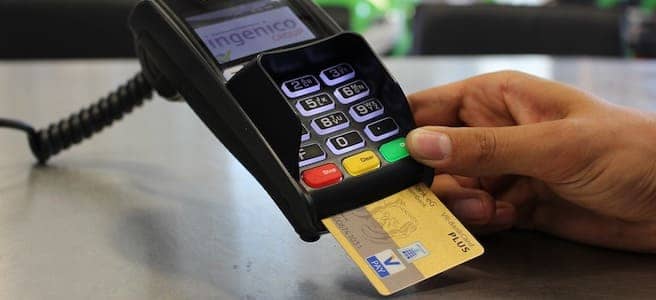
Best Credit Card Company: Choosing Your Financial Partner Wiselyadmin . July 25, 2023

Discover the Best Student Loan Apps in India for Hassle-Freeadmin . November 2, 2023

Are Bitcoin And Gold Good Investments?admin . June 19, 2023
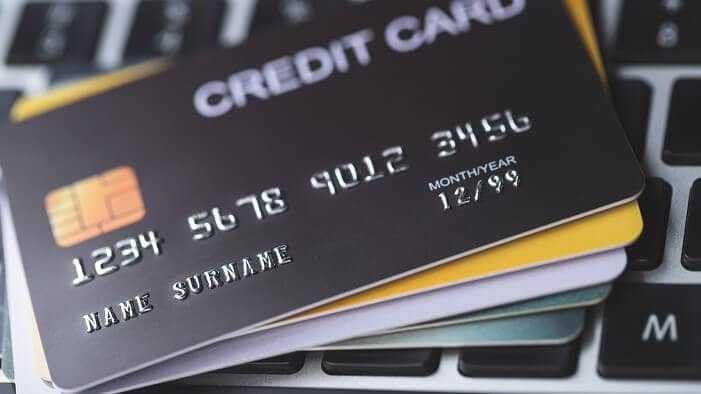
Explore HDFC Moneyback Plus Credit Card Benefitsadmin . December 13, 2023

Top 12 Best Fuel Credit Cards in India 2023admin . April 25, 2023

How to buy Tether (USDT)admin . June 9, 2023
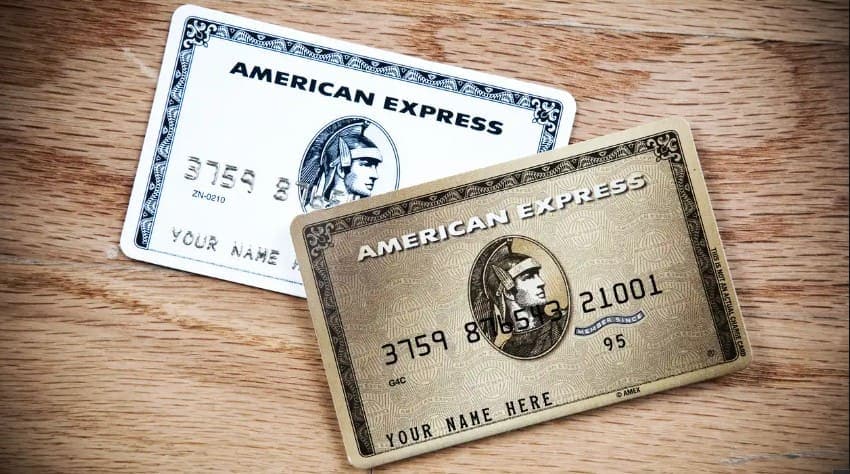
Best American Express Cards of 2023 | Best AMEX Cardadmin . May 18, 2023
Latest Posts

Exploring the Best Cash Advance Apps of 2024 April 8, 2024
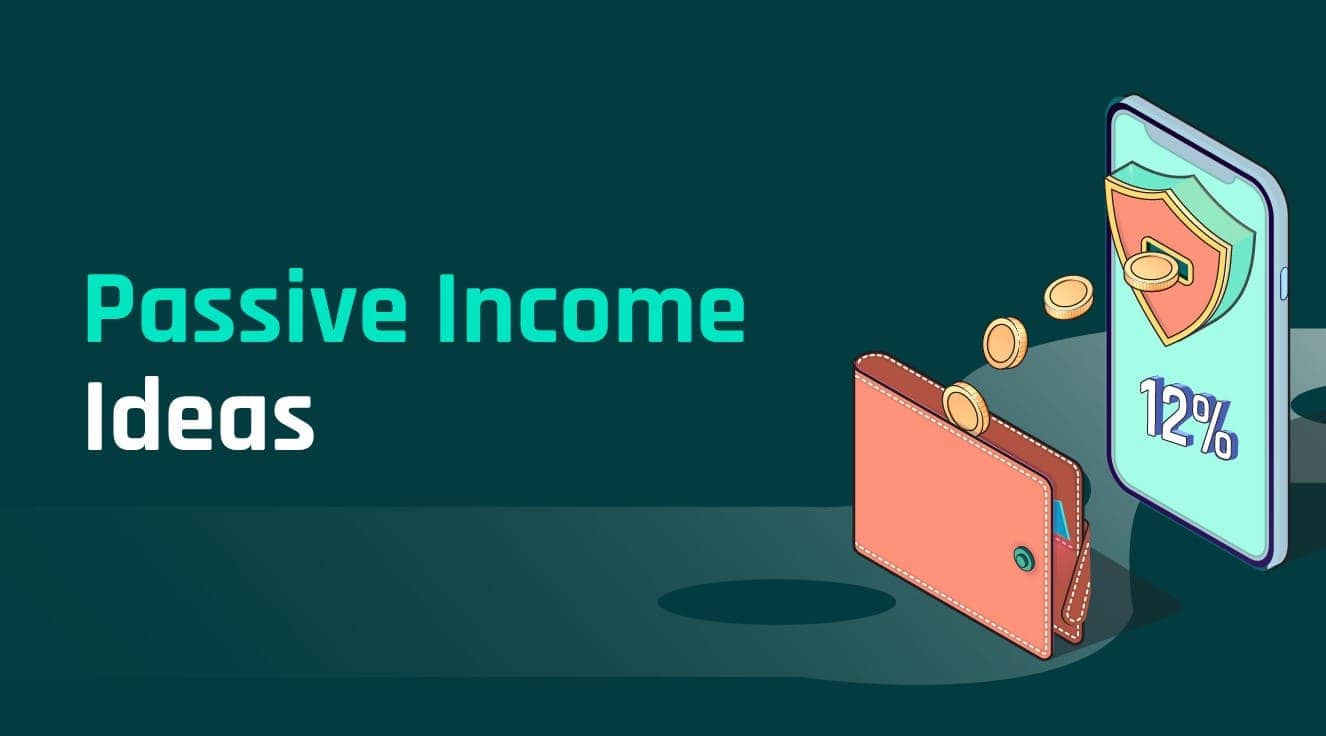
Top 34 Passive Income Ideas in 2024 March 19, 2024

Top 10 Penny Stocks to Buy Canada 2024 February 23, 2024

Best Canadian Artificial intelligence stocks under $1 2024 February 23, 2024

Top Artificial Intelligence Stocks Canada 2024 February 20, 2024

